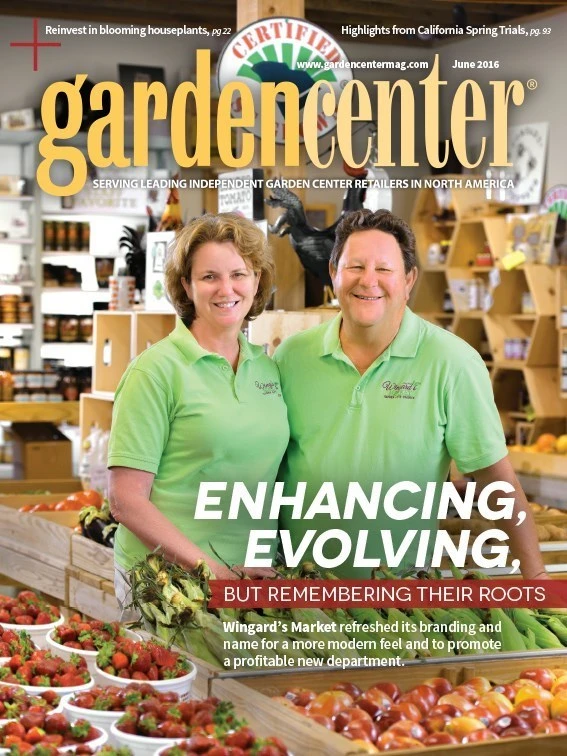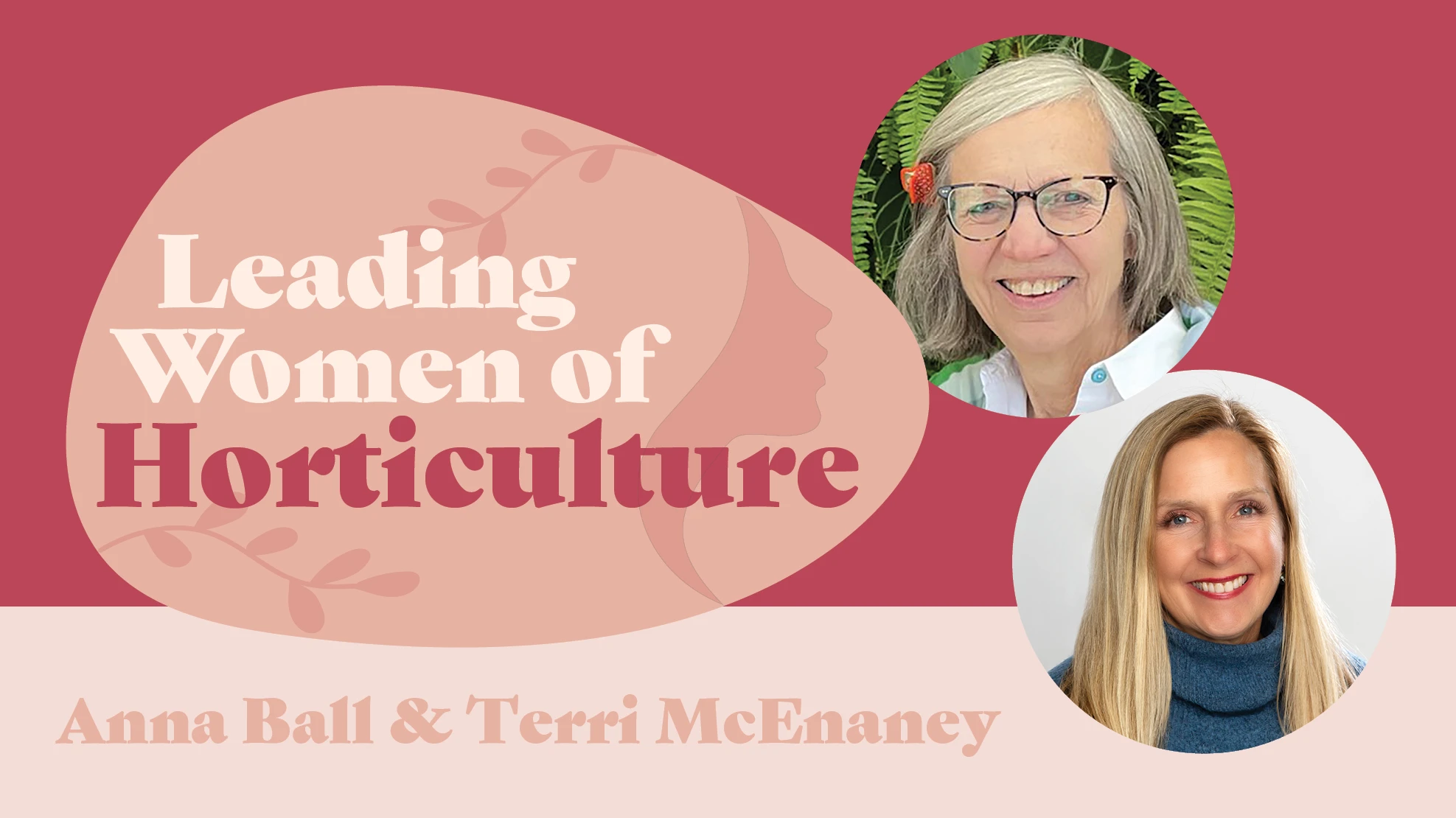
Ollas are unglazed clay or terracotta pots with origins dating back thousands of years. Primarily used for sub-surface irrigation of plants, the pots are still in use today in countries including India, Brazil and Iran.
Customers of Gecko Hardware in Dallas are harnessing this ancient technology for themselves thanks to Dripping Springs Ollas, a company based near Austin and founded by friends Lori Haynes and Mary Kathryn Dunston.
Ollas (pronounced “oy-yahs”) are unglazed, two-gallon clay pots that supply water to surrounding plants. The pots are buried in the ground, with moisture seeping through the porous clay into the soil. Nearby plants create suction to pull more water from the olla, eventually growing toward and around the container itself.
Gecko Hardware owner Andrea Ridout and her partners first saw the olla in action at an Austin gardening fair. Ridout was immediately struck by the pot’s utility and aesthetically pleasing appearance.
“They’ve been crazy sellers ever since,” Ridout says. “Our customers love them.”

Dripping Springs’ creation is especially beneficial for gardeners with busy schedules. Ridout utilizes the pots to irrigate tomato plants in her home plot.
“I work all the time, so it can be hard to water my garden,” she says. “I just fill these [ollas] and the water seeps through. They’re a real time-saver.”
Robust olla sales at Gecko Hardware point to a happy user base as well, Ridout says.
“People come in to buy one and end up picking up four more,” she says. “They say it makes gardening easier because they don’t have to water as often. There’s no worries about plants dying if you’re away on vacation for a week.”
Patrons also appreciate the ollas’ imaginative construction. Ridout even hired a local artist to make decorative ceramic lids for the pots. Ultimately, it’s the ollas’ rare combination of handmade design and ease of use that has them disappearing off store shelves.
“It’s an older technique that’s low tech and pretty simple,” Ridout says. “Customers love the idea of an ancient way of doing things.”

Explore the June 2016 Issue
Check out more from this issue and find your next story to read.
Latest from Garden Center
- Society of American Florists accepting entries for 2025 Marketer of the Year Contest
- Sustainabloom launches Wholesale Nickel Program to support floriculture sustainability
- American Horticultural Society welcomes five new board members
- Color Orchids acquires Floricultura Pacific, becoming largest orchid supplier in U.S.
- American Floral Endowment establishes Demaree Family Floriculture Advancement Fund
- The Growth Industry Episode 3: Across the Pond with Neville Stein
- Proven Winners offers Certified Garden Center Training for staff education
- Digging In Association hosts inaugural Platinum Trowel Awards at winter conference





